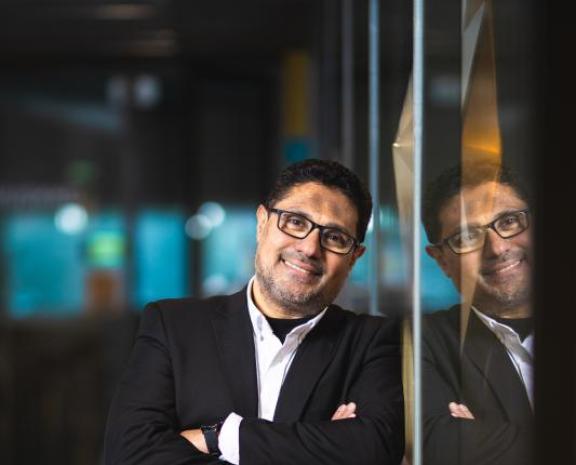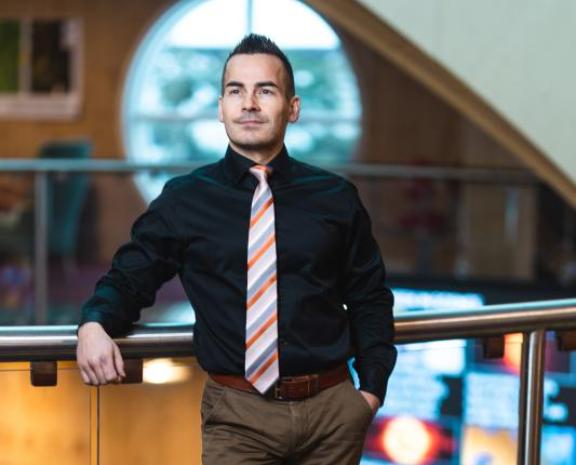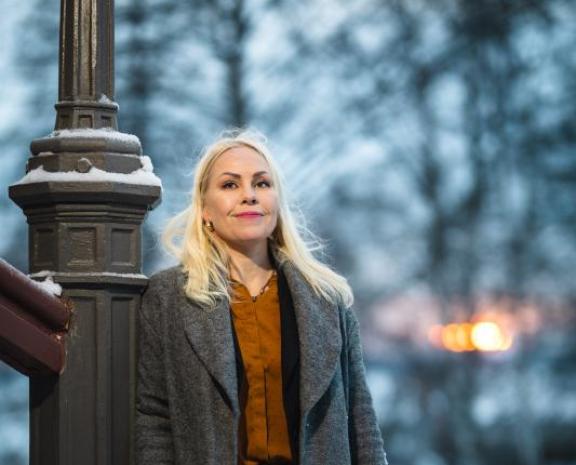
Associate Professor of Computer Science Jani Boutellier is working with graduate students to develop new ways to build 3D models. These approaches will guide the navigation and environmental perception capabilities of robots and autonomous devices in the future. Jani has seen many changes in the research environment in his 15-year career. For example, the principle of open science has become more widespread and the social and international nature of the work has become more pronounced.
What are you researching right now?
My research has always been more oriented towards the business world than towards society or the individual. At the University of Vaasa, my research has returned to its roots in computer vision, where I started in 2005 at the University of Oulu. Computer vision is an interdisciplinary field that studies the high-level understanding of digital images or videos by computers. The field aims to automate human visual system tasks. Computer vision focuses on the automatic extraction and processing of information from an image or a sequence of images.
Around this theme, we have been working with graduate students to develop new ways of creating 3D models of objects and environments. These have a range of applications from indoor positioning to virtual reality and 3D printing. On the other hand, one of my postgraduate students is familiar with the extremely interesting field of positioning based on sound signals, for example.
Why is it important to study computer science?
There are many computer scientists around the world and the field is developing at a dizzying pace. Even small advances are hard work, but they are important for further development. For example, new types of 3D models are crucial for developing navigation and environmental perception capabilities for robots and autonomous devices. It is same for positioning via audio signals. The number of autonomous devices will increase significantly, and they will locate themselves and navigate using multiple modes of perception, just like humans.
What got you excited about research?
I was inspired by research topics from the beginning of my career, and at the same time I was able to exploit my long-standing hobby of computer programming. I have also learned to appreciate the fact that my job keeps me well informed about developments in computer science.
What research findings would you highlight at the moment?
My graduate student did a great paper on developing novel 3D models in spring 2021, and the paper is now in peer review. These results provide an excellent basis for the next steps in the development of 3D modelling towards environmental modelling.
What is your advice for businesses?
I would recommend companies to contact universities if they want to know the latest developments in science. The journey of research results from the laboratory environment to commercial hardware and software can take up to ten years. It is easier to predict the near future of technology if you know what is currently on the surface of research.
How has the job of a researcher changed or will change? Is your work social: do you meet a lot of other people?
In my 15 years career in computer science, I have noticed that the principle of open science has become more widespread. More algorithms and data are now being published. In some areas, such as machine learning and computer vision, the practice has also become a requirement. In computer science, research and publications are carried out in teams, so the nature of the work is social. Sociality manifests itself in ways that other workplaces are still getting used to. Examples include communication through video conferencing and instant messaging software. Internationalisation is also part of the job. Throughout my career, the partners I have worked with have included both international and local players.
________________________
Facts
Jani Boutellier
- Assingment: Tietotekniikan apulaisprofessori (tenure track) Vaasan yliopistossa vuodesta 2019
- Education: PhD in Technology, University of Oulu, 2009
- Career: Conducts right now research and mentors graduate students in computer vision research projects in the Digital Economy research platform and teaches in the School of Technology and Innovation
- Research projects: REPEAT and CoEfNet (both funded by the Academy of Finland)


